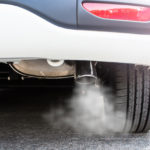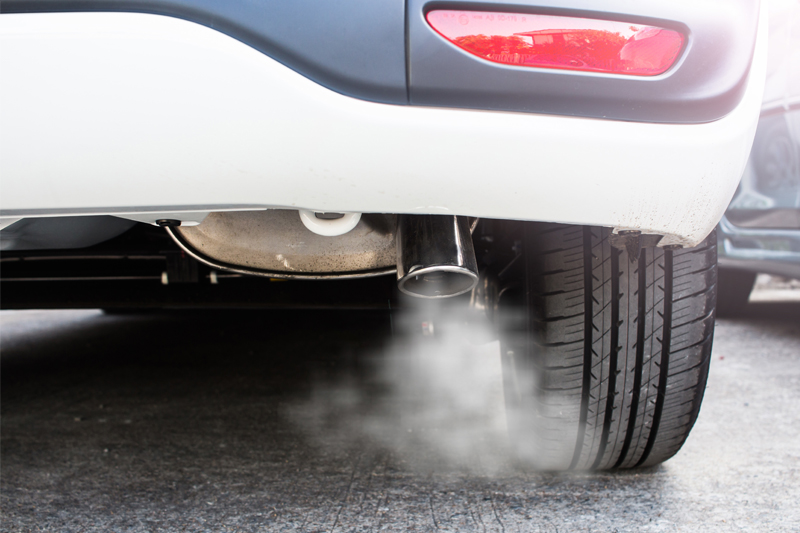BM Catalysts discusses the efforts that are being made towards reducing emissions, as well as preventing the sale and fitting of catalytic converters and DPFs to vehicles that haven’t been approved to meet the relevant Euro Levels.
Vehicles and replacement emission control devices must meet specific standards for exhaust emissions before they can be offered for sale in the European Union and achieve Whole Vehicle Type Approval in accordance with EC Directives. In order to achieve type approval on the emissions levels for replacement emission control devices (catalytic converters and DPFs), performance and noise levels must be within calculated limits as prescribed by legislation. Replacement catalytic converters and DPFs cannot be approved to a lower Euro level than that of the original vehicle; if the vehicle is Euro 5, then the replacement must be approved to Euro 5 levels or it cannot be proven to meet emission standards.
Identifying the correct emissions products for stockists and garage professionals is different, but changes made to the latest version of MAM do make it easier. The V9 update last mapped the Euro level that a supplier’s part is approved for sale on against a vehicle’s registration number, which removed parts from the exact match search that were previously incorrectly listed as homologated for certain Euro levels. Therefore, the chances of fitting the incorrect parts are now vastly reduced.
With this change in place, we’re now starting to see the correct catalytic converters and DPFs matched against the correct vehicles for the first time. These improvements are set to be further refined with the release of Autocat v9.1 this summer. The update is expected to further develop the exact match search function in relation to euro levels and will allow distributors to view a vehicle’s MOT history through DVSA records, giving garage professionals and stockists further oversight over catalogue data accuracy. These updates are a positive move and the first in a long journey of improving compliance in the emissions industry.
Whilst the correct cataloguing of aftermarket parts is complex and challenging, perhaps the biggest shake up to the emissions market is the latest MOT changes. New regulations were introduced to the MOT test last summer, placing further emphasis on diesel emissions. The regulations require checks to the exhaust for visible smoke production and tampering or removal of the DPF. Any visible sign of alteration to the DPF or smoke of any colour will result in a fail for the vehicle. Prior to these tighter regulations, experts warned that the true figure of vehicles driving without DPFs were in the thousands, leaving many car owners at risk of hefty fines and penalty points. Accountability is a huge factor in reducing vehicle emissions. Recent data pulled by Autocar between May 2018 and February 2019 demonstrated that there was a 63% increase in the number of emissions-related MOT failures concerning diesel cars compared with the same period the year before. These kinds of changes that are helping all along the emissions chain, from motorists to motoring bodies and garage professionals alike, to better understand their role in reducing vehicle pollution.
In order to create a lasting change to the market, it is important that everyone along the supply chain, even the consumer, does their part to make sure they’re complying with regulations. If one link in this chain proves weak, we all fail.











